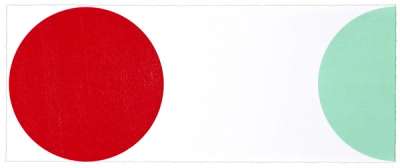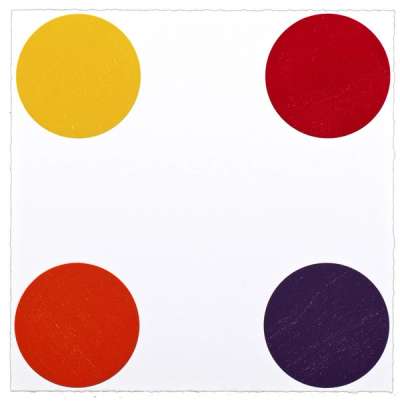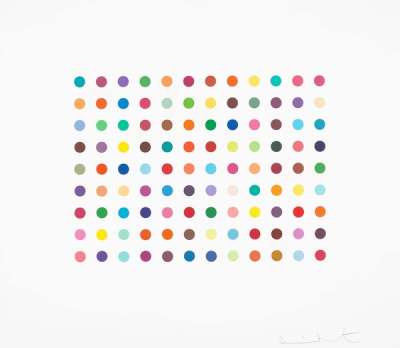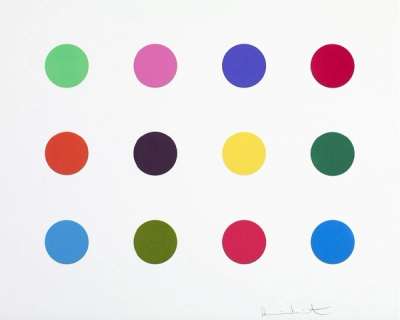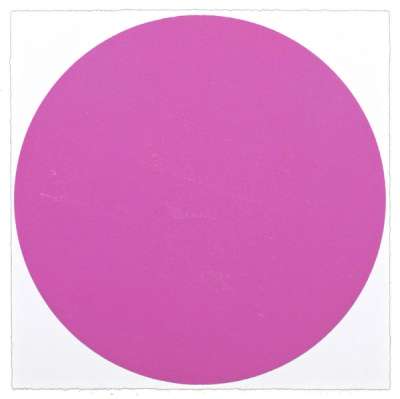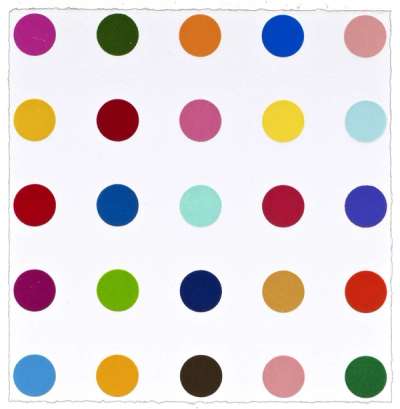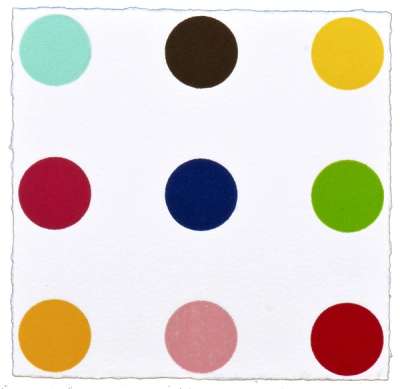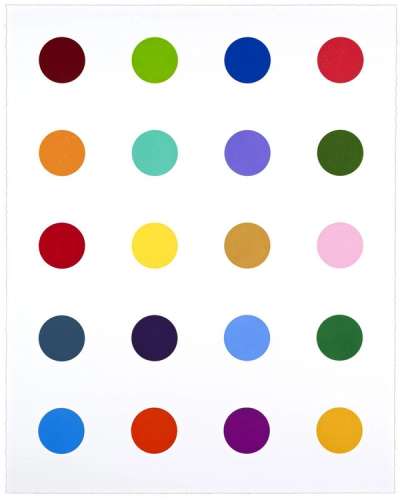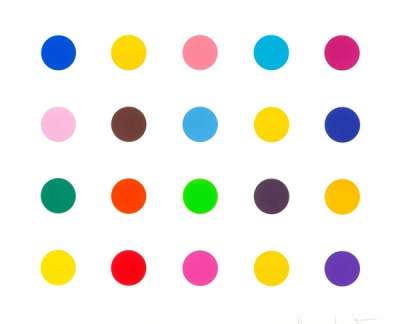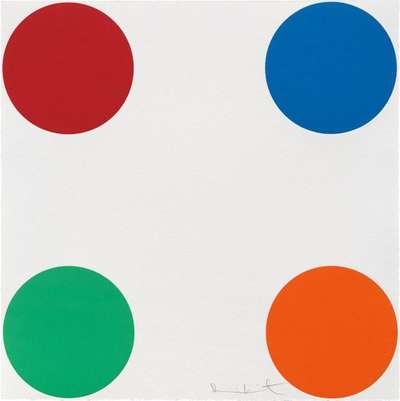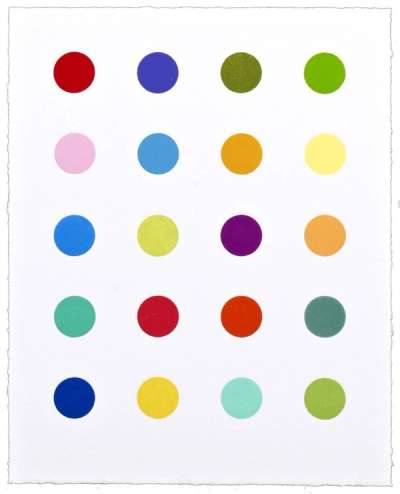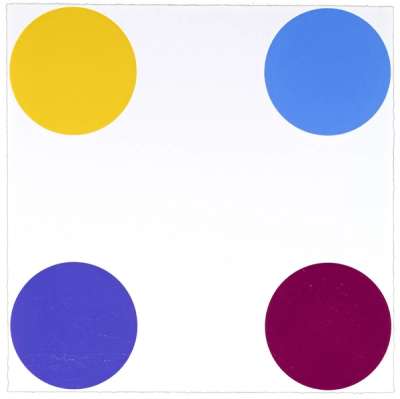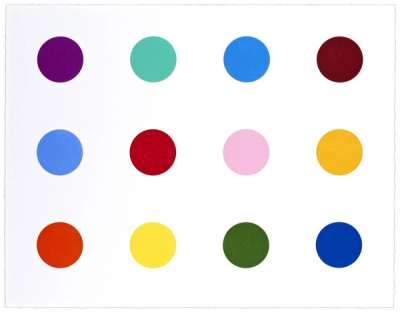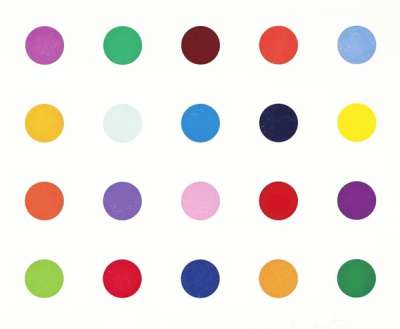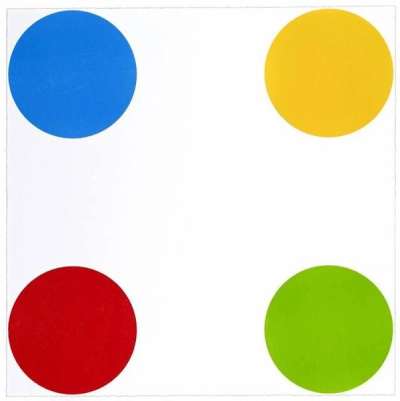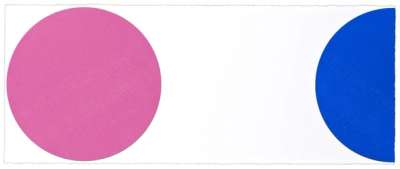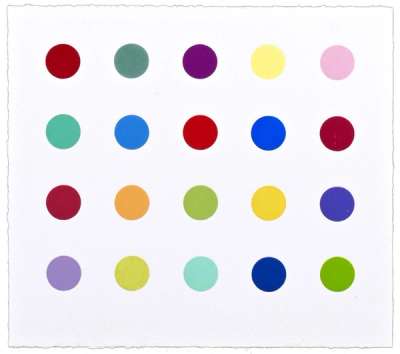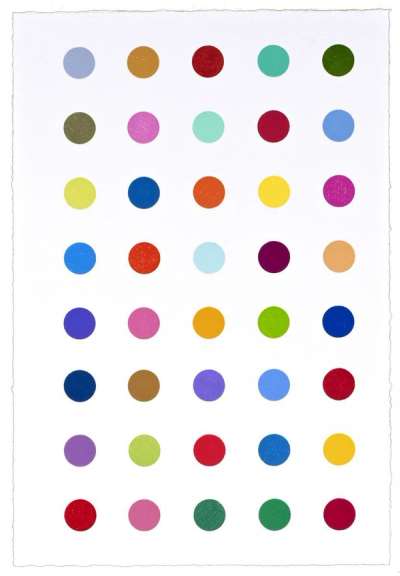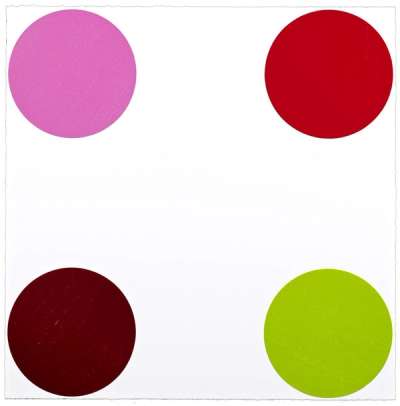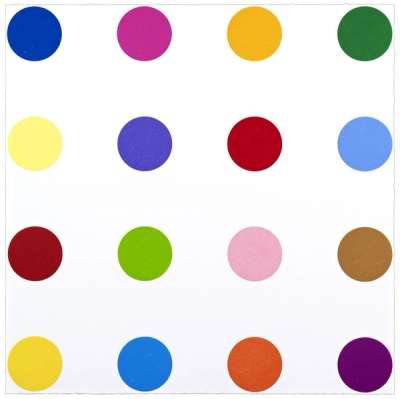
Amniotic Fluid

Amniotic Fluid
Signed Print
Damien Hirst
£4,500-£6,500Value Indicator
$9,000-$13,000 Value Indicator
$8,000-$11,500 Value Indicator
¥40,000-¥60,000 Value Indicator
€5,500-€8,000 Value Indicator
$45,000-$60,000 Value Indicator
¥850,000-¥1,230,000 Value Indicator
$5,500-$8,000 Value Indicator
AAGR (5 years) This estimate blends recent public auction records with our own private sale data and network demand.
There aren't enough data points on this work for a comprehensive result. Please speak to a specialist by making an enquiry.
Medium: Woodcut
Edition size: 55
Year: 2012
Size: H 31cm x W 31cm
Signed: Yes
Format: Signed Print
Track this artwork in realtime
Watch artwork, manage valuations, track your portfolio and return against your collection
Track auction value trend
Auction Results
| Auction Date | Auction House | Location | Hammer Price | Return to Seller | Buyer Paid |
|---|---|---|---|---|---|
| September 2022 | Sotheby's Online | United Kingdom | |||
| January 2021 | Phillips London | United Kingdom | |||
| November 2016 | Bonhams Knightsbridge | United Kingdom |
Meaning & Analysis
Amniotic Fluid is a woodcut print from Damien Hirst’s 40 Woodcut Spots series from 2011, released in a limited edition of 55. The print shows a perfect circle in red, positioned in the centre of the square composition. Set against a plain white backdrop, this print appears like a drastically cropped version of one of Hirst’s more recognisable spot paintings. As a result, Amniotic Fluid is decidedly abstract.
This print is highly simplistic and immediate in its effect on the viewer, unambiguous in its depiction of a large spot with bright and flattened colour. Due to its smooth surface and obvious composition, this print deceptively removes any sense of human labour or touch. In the 1980s, the spot paintings marked a shift in Hirst’s artistic career, where he began to employ assistants to complete the painstaking and laborious task of producing these works. The apparent lack of human intervention in these works further emphasises the mathematical precision that underlines their compositions.
Fascinated by intuitive colour choice from his days at Goldsmiths, Hirst claims that the spot paintings have removed any problems he previously had with colour, allowing him to present a perfect arrangement of colour that is never repeated. Hirst explains that, “mathematically, with the spot paintings, I probably discovered the most fundamentally important thing in any kind of art. Which is the harmony of where colour can exist on its own, interacting with other colours in a perfect format.”
Damien Hirst, born in Bristol in 1965, is often hailed the enfant terrible of the contemporary art world. His provocative works challenge conventions and his conceptual brilliance spans installations, paintings, and sculptures, often exploring themes of mortality and the human experience. As a leading figure of the Young British Artists (YBA) movement in the late '80s, Hirst's work has dominated the British art scene for decades and has become renowned for being laced with controversy, thus shaping the dialogue of modern art.
